As a photographer, I am always a little fearful that things may not go as planned when I head out to work. This is especially true when my work takes me out of town. There are airfare, car rental and hotel room expenditures that I hope won’t be wasted.
I have been lucky on my trips to the South Carolina and Georgia coasts for this project about the Gullah Geechee culture, and most everything has gone smoothly.
My most recent trip, however, presented a few curveballs.
I have been wanting to capture the Geechee men seine fishing on the beach of Sapelo Island, but timing has made it difficult. The men fish only in the mornings when the tide is right and the weather permits and only when their schedules allow. But jobs and other obligations make it tricky to get a group together to work the net.
During this trip, the tides and weather were on my side, so I looked forward to joining the men. But, unfortunately, there was a funeral — so there was no fishing.
I didn’t find out about the funeral until I was already on the ground in Georgia, so I had to quickly adjust my schedule. I had planned to be on Hilton Head Island later in the trip, but as my itinerary changed, I decided to start working in that area early.
As I wandered around Hilton Head, trying to find something that would illustrate the juxtaposition of traditional Gullah culture with modern-day life, I remembered the old Gullah cemetery in Sea Pines Plantation.
The cemetery sits among the townhomes near the 18th fairway in Harbour Town Golf Links. The scene, as depicted above, is accentuated by a golf cart on its way back to the clubhouse.
On the other end of the island, another Gullah cemetery, known as Tallbird Cemetery, lies inside another gated community, wedged between the marsh and the Grandview condominium complex, which was completed in 2001. Established in the 1800s, the cemetery is one of the oldest cemeteries on the island
My contact with the oystermen near Hilton Head Island came through big time by hooking me up with oysterman Anthony Mervin, who was kind enough to take me out on his boat for a morning harvest.
Many of the older photos I have seen of oystermen at work show the men using metal tongs to extract the mollusks from the mud in the streams of the Lowcountry. So I was quite surprised to see Anthony use his hands. Most of the oysters came out of the mud easily, emitting a suction-like sound as he pulled on them.
We spent about two hours on one of the rivers and adjoining marsh inlets that rainy morning. Anthony harvested about a dozen bushels of mollusks before we hurried back to the dock. The mollusks must be washed and iced down soon after harvesting
Return to Daufuskie Island
I met Yvonne Wilson, a fifth-generation Daufuskie Island native, when first starting this project many years ago.
Yvonne grew up on Daufuskie and attended Mary Fields School, long before author Pat Conroy taught there and wrote a book about his experience on the 5,100-ace sea island.
When development came to Daufuskie in the 1980s, it was initially good for indigenous residents like Yvonne, who got work driving a bus for a developer between the island’s ferry dock and a new beachfront inn. But when developers began building a real estate office over a slave graveyard, trouble began.
It was bad enough that the reception center was only a few dozen feet from some tombstones. But when developers began digging up some older unmarked graves and throwing the bones into the adjacent Cooper River, Yvonne became an activist, voicing opposition to the destruction. As a result, she soon lost her job.
Not only was Yvonne unemployed, but the company she had worked for banned her from riding the ferries it operated between Daufuskie and Hilton Head Island. What’s more, her Gullah neighbors, hoping for jobs in the new developments, also became angry with her.
But Yvonne’s efforts helped attract the attention of 60 Minutes, which aired a segment about the travesty. Following an onslaught of national outrage, the developers agreed to move their reception center.
Today, Yvonne continues to fight for awareness and preservation of Gullah heritage on Daufuskie.
A Magical Connection
My friend Wendy Nelthorpe, a white Daufuskie resident who lives with her husband, Turbo, outside of the gated communities, introduced me to Clarence Simmons.
Clarence lives the traditional Gullah lifestyle, raising pigs, goats and chickens. He also has a cow that he claims is 34 years old.
When Clarence told me about the cow he said, “I didn’t know they lived that long!” Of course, he said it in Gullah and with a big smile on his face. He seemed serious, but you never can tell.
Some people on the island claim that Clarence was born with a caul, an inner fetal membrane that covers the head at birth. Some believe that children with cauls have been touched by uncommonness and magic, and therefore, they can see spirits and other things that others cannot.
That said, I certainly wasn’t going to argue with Clarence about the cow or the old live oak tree that he says smokes from time to time.
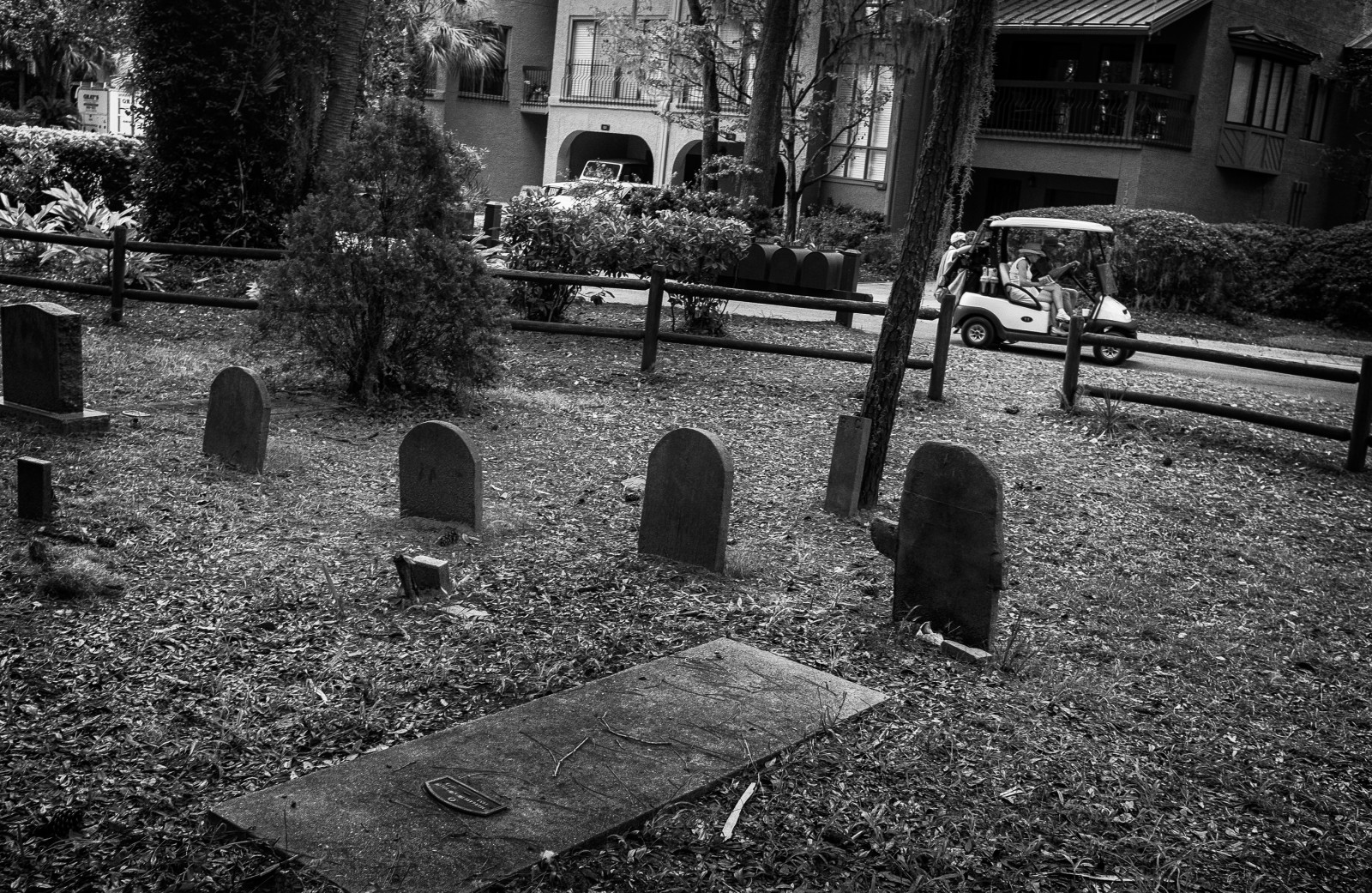
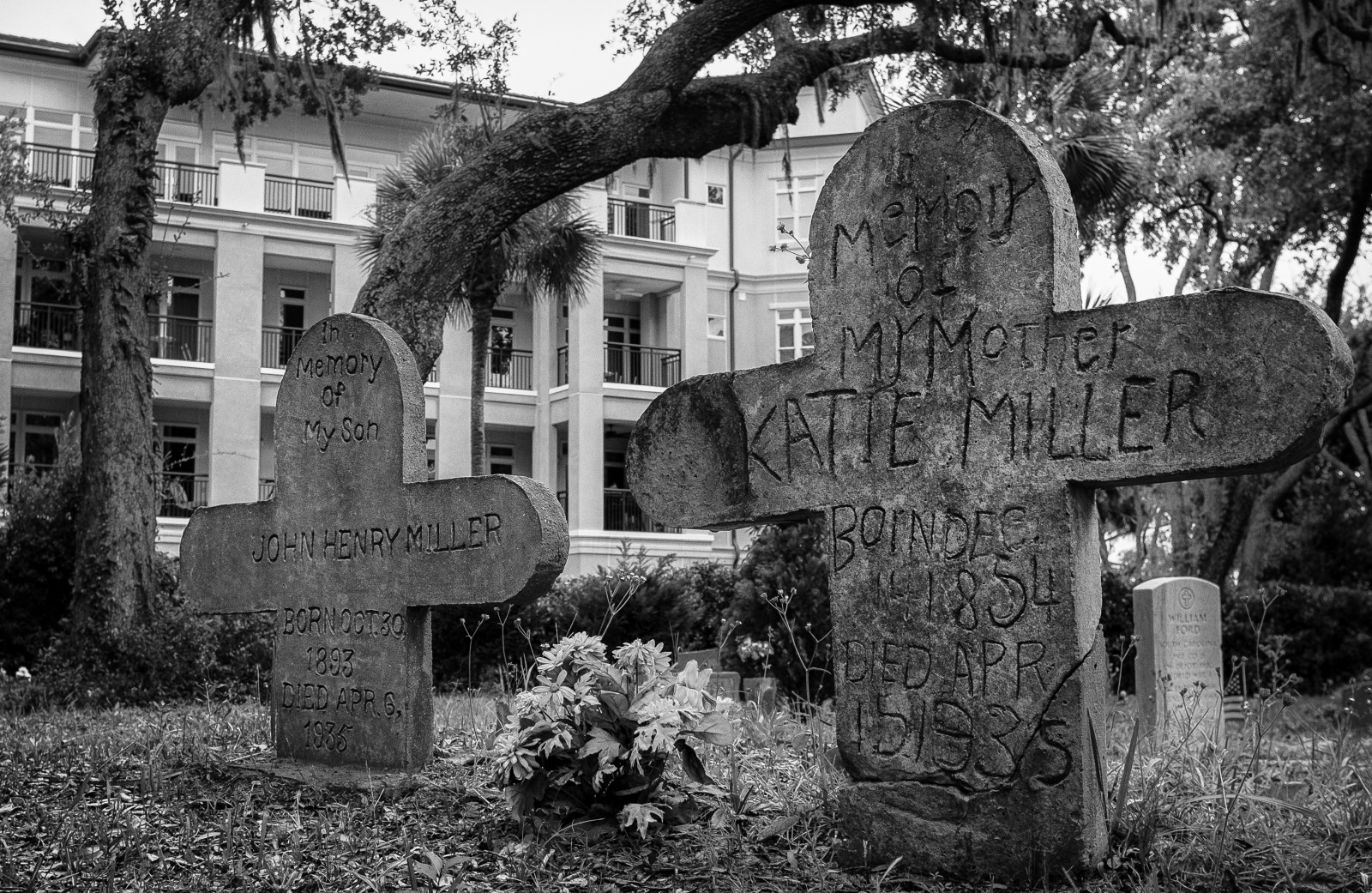
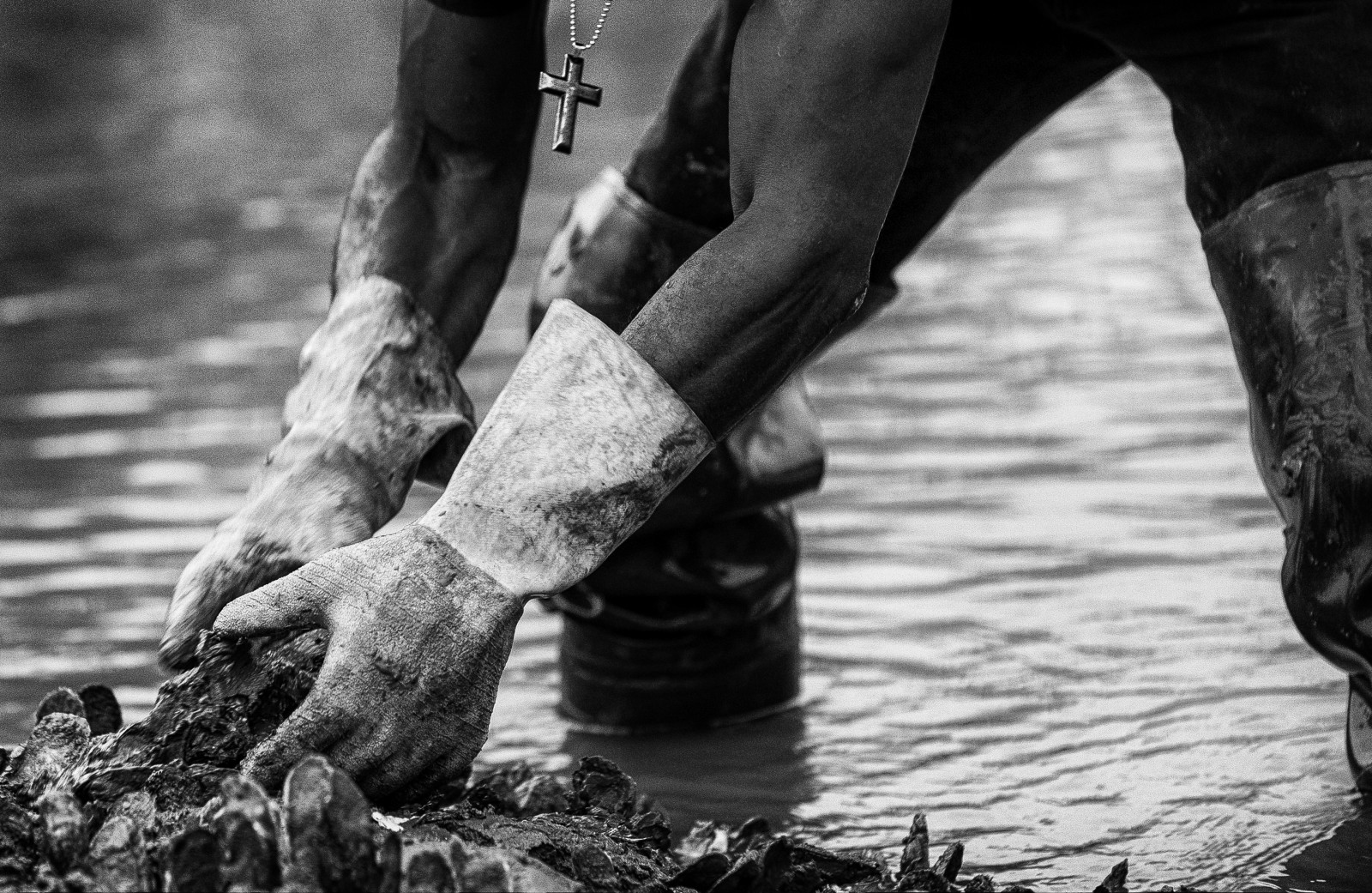
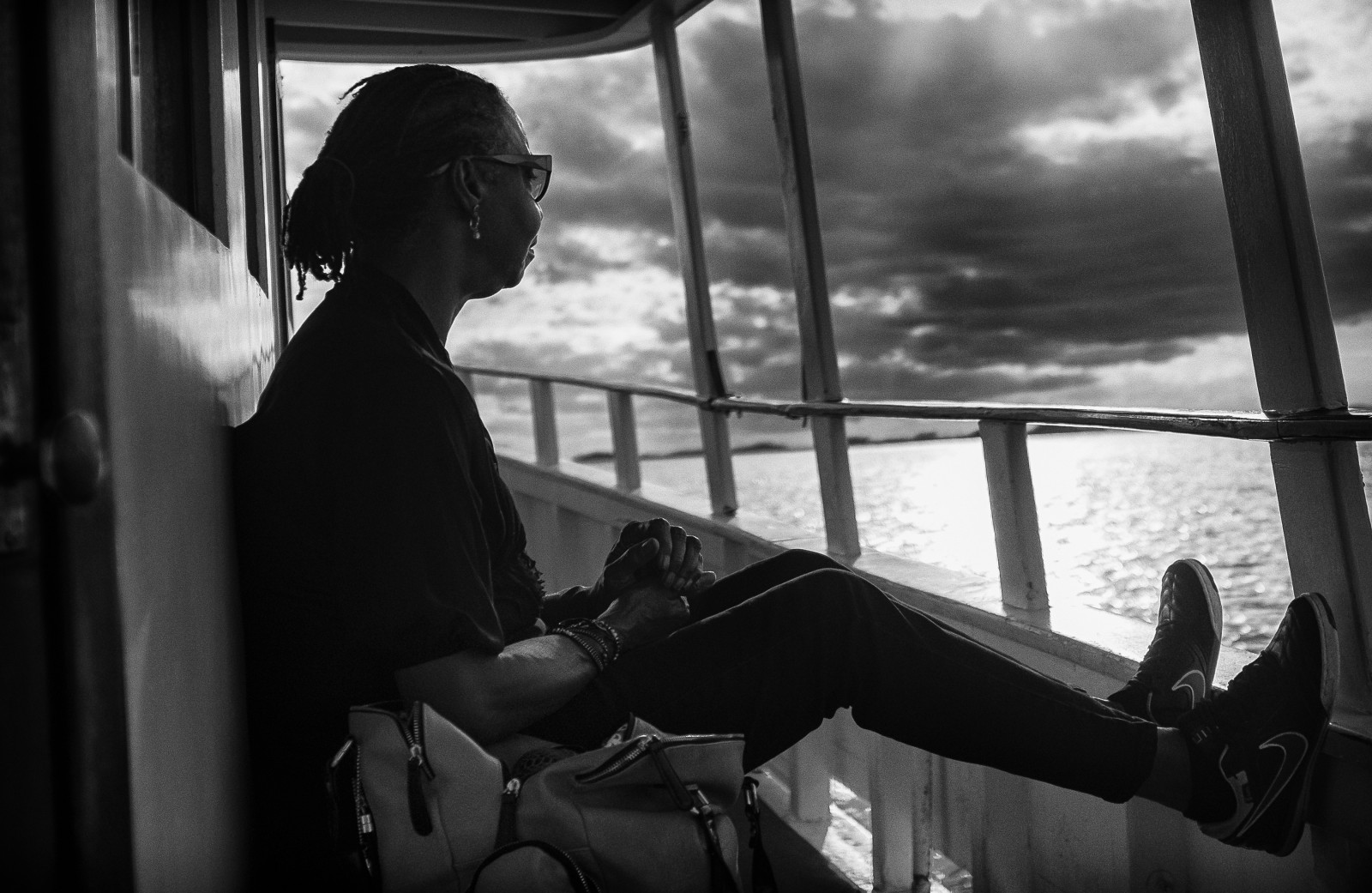
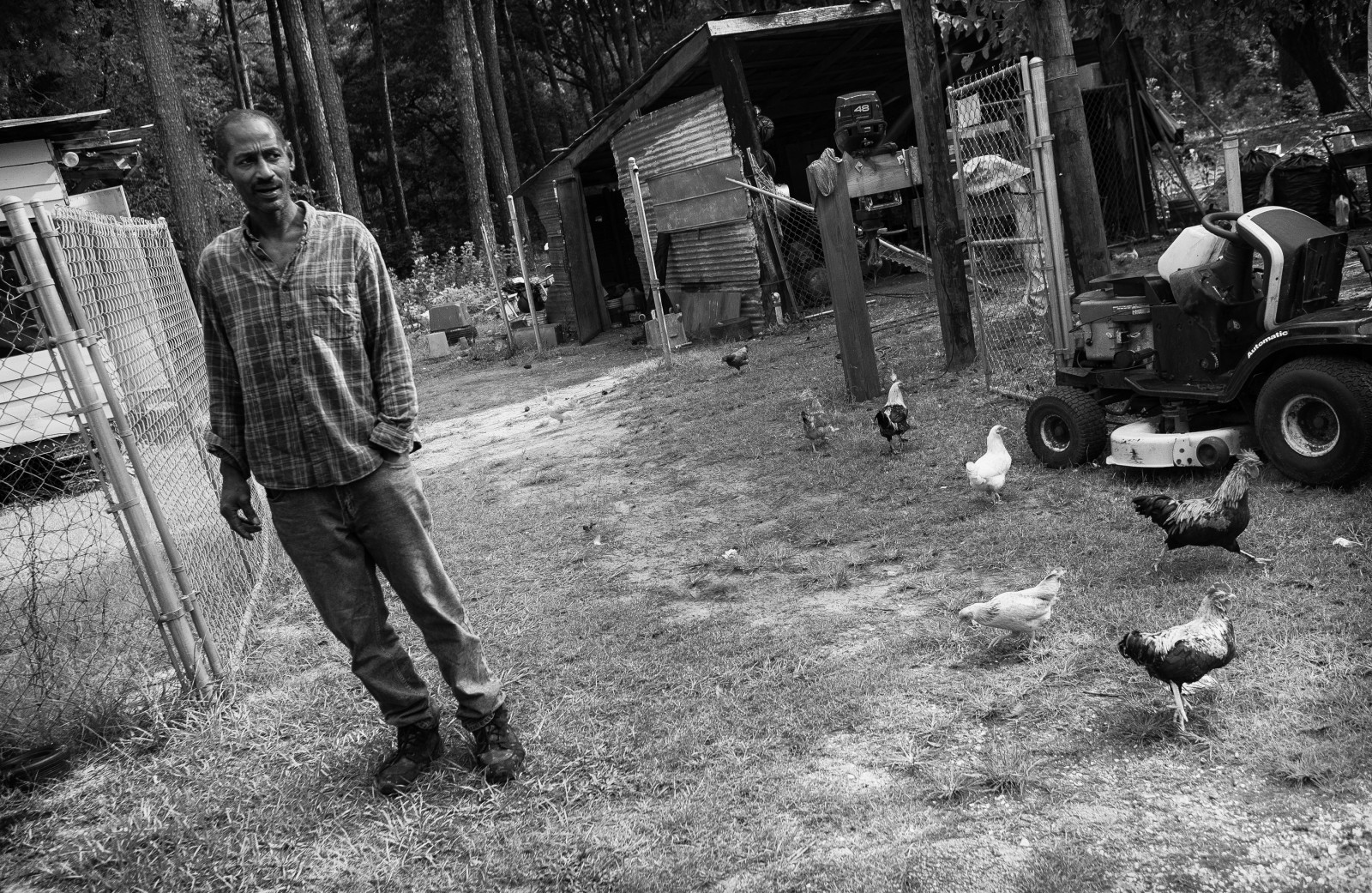


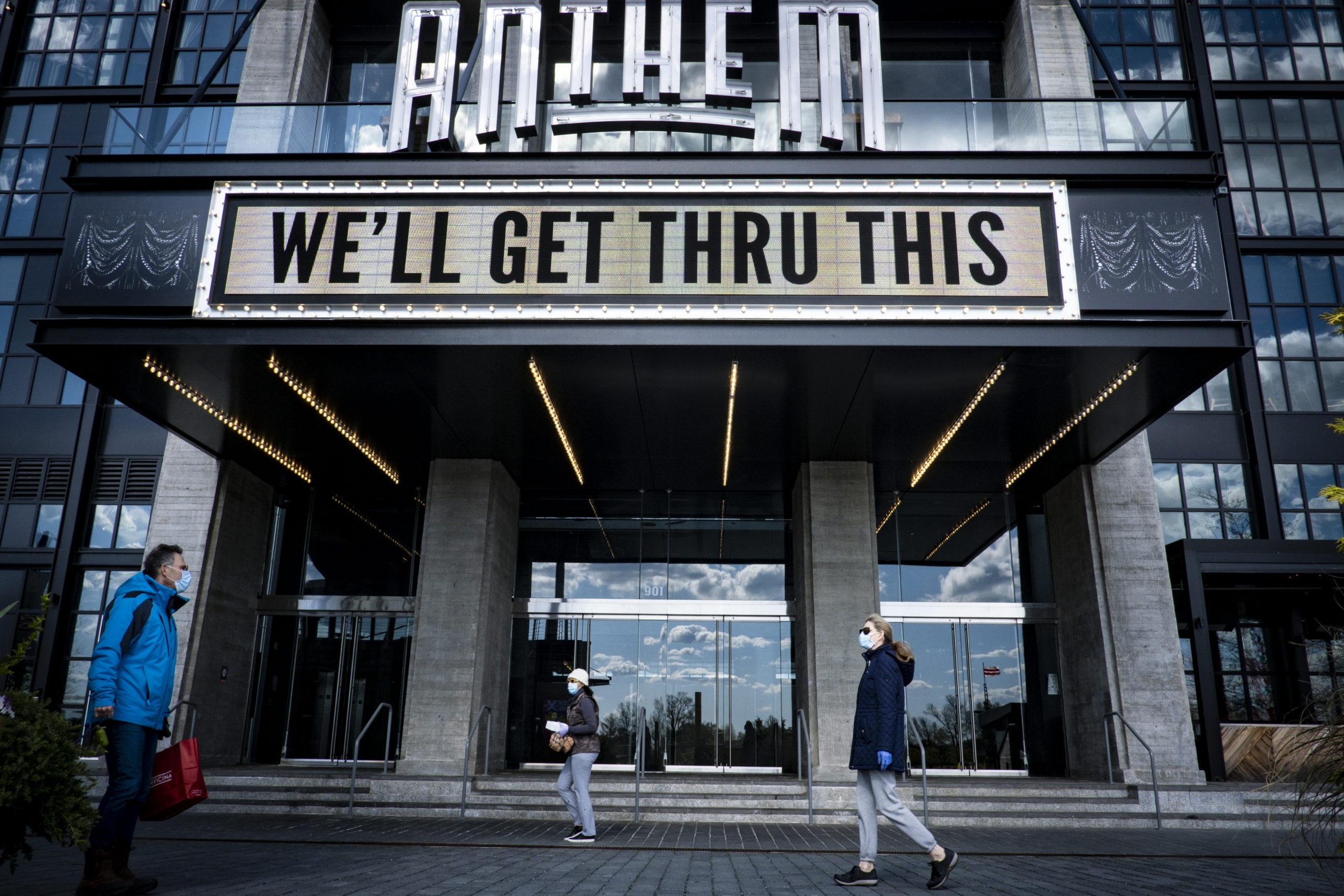
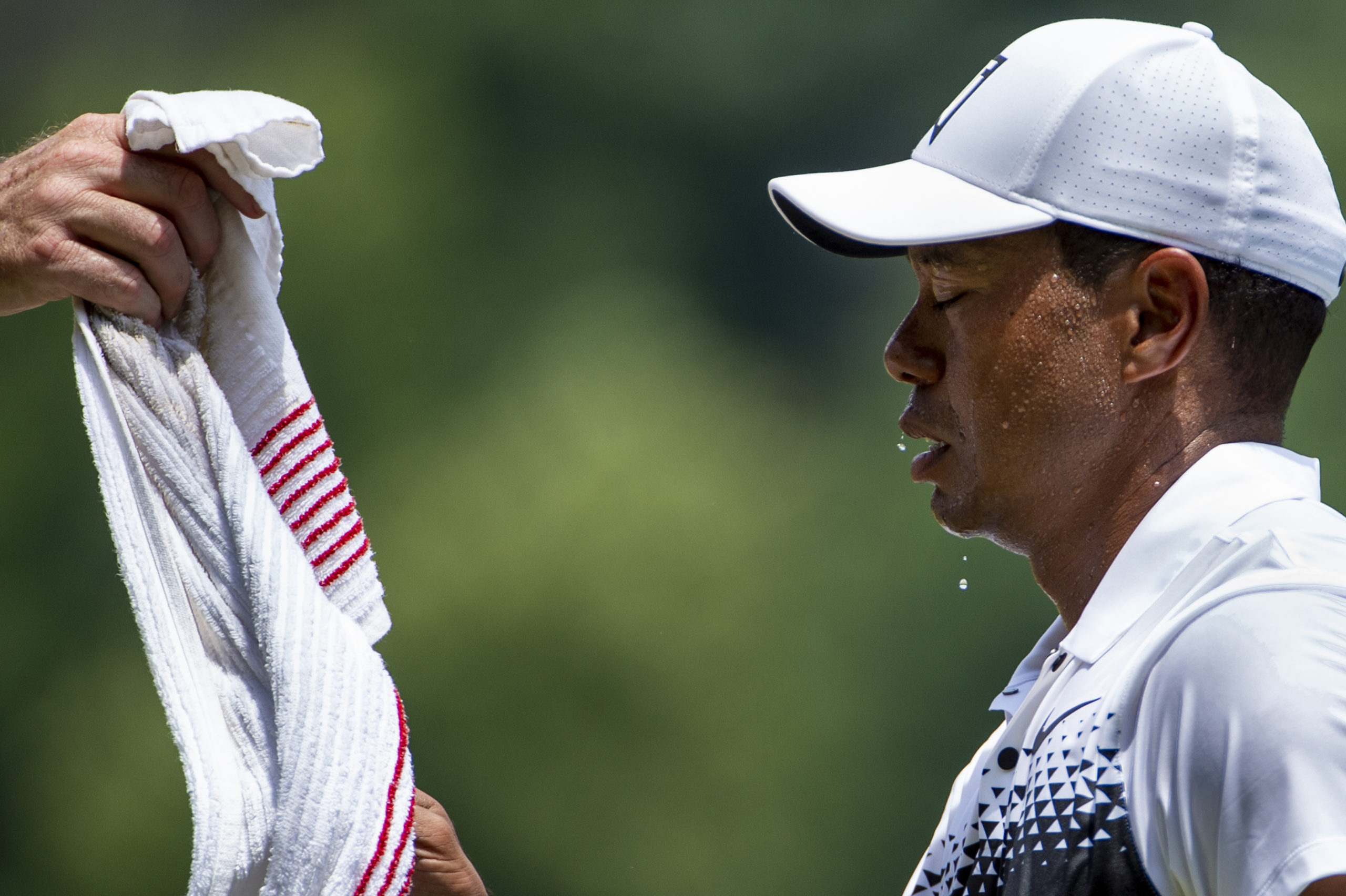
2 Responses
I used to visit Hilton Head back in the late 70s…….I recall going by boat to Daufuskie Island to a “restaurant” I think was called Simmon’s Seafood…..best food I ever ate! building was really a bit of a shack…nothing really developed on the island. Hilton Head has a single road down the island from the mainland. Too bad some things change 🙂
Is my memory at all correct???
Good work Yvonne, keep it up. Gullah people live another way of life and should be encouraged. to live their way. They have a wonderful culture. love Gullah stories. I used to sing Gullah spirituals with a group of people.